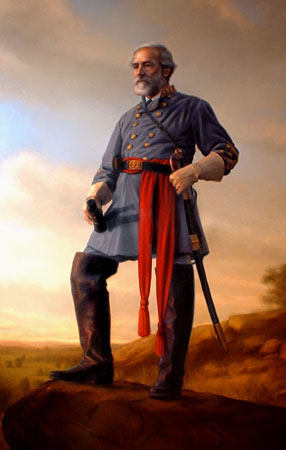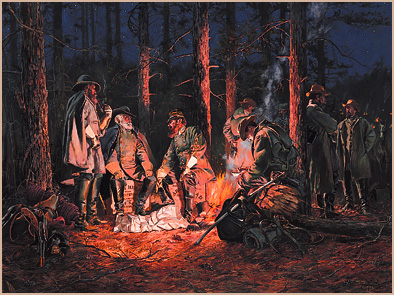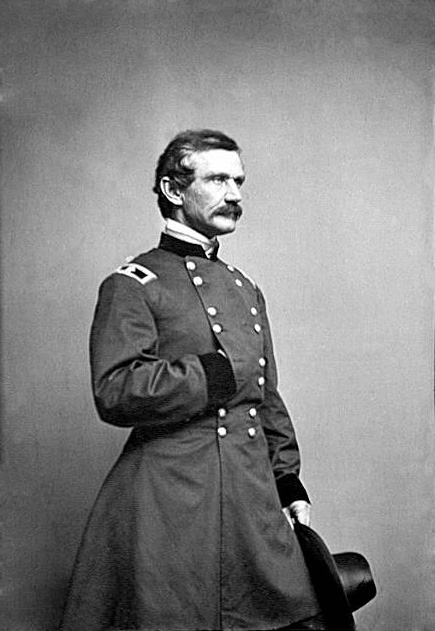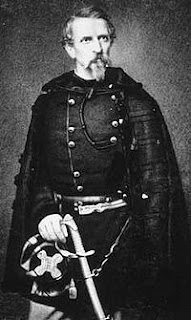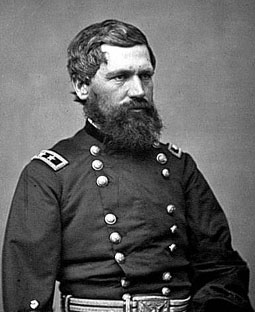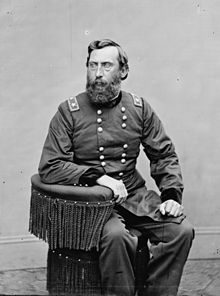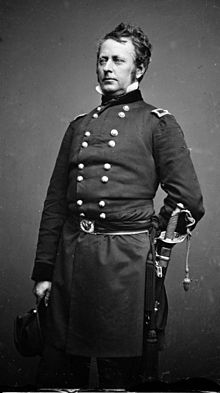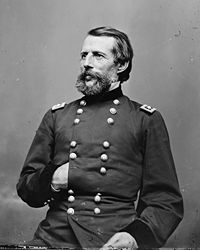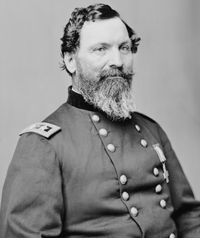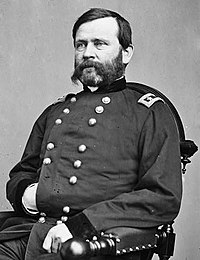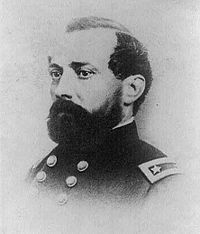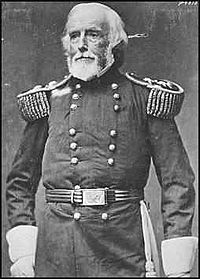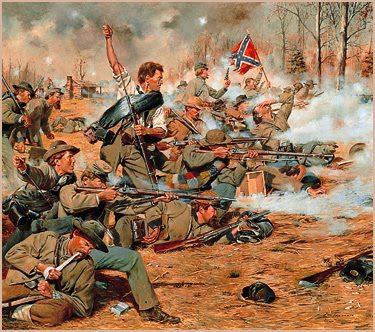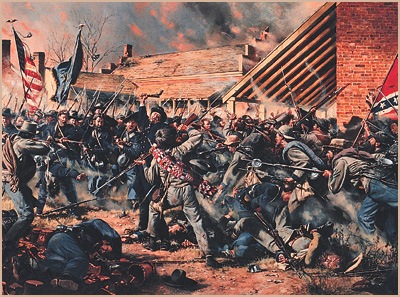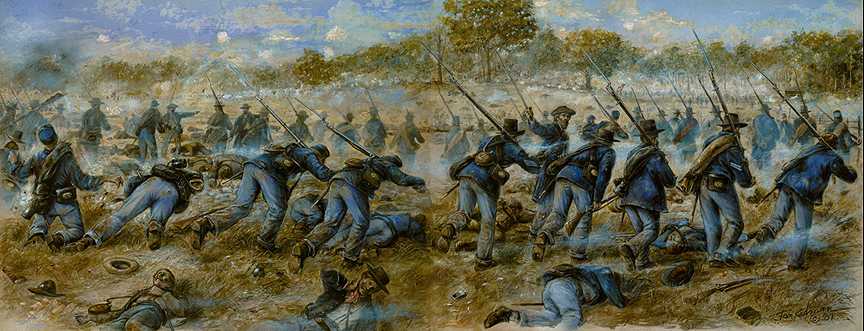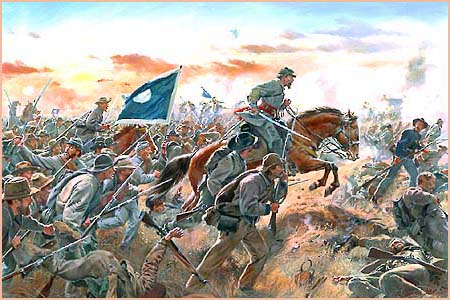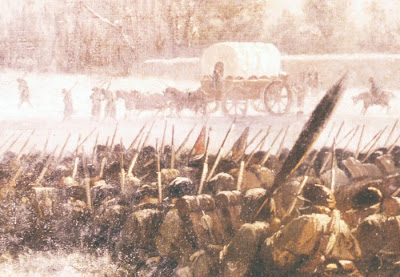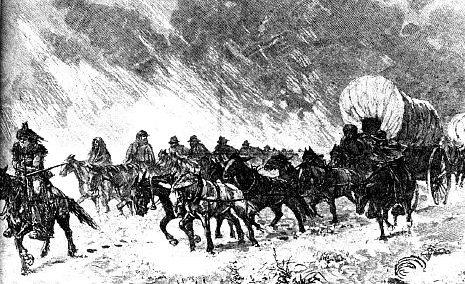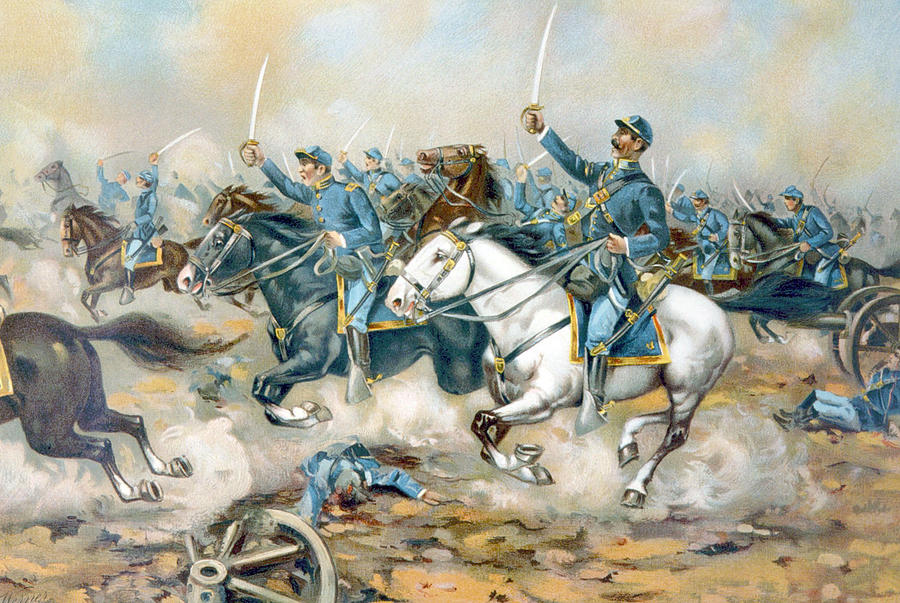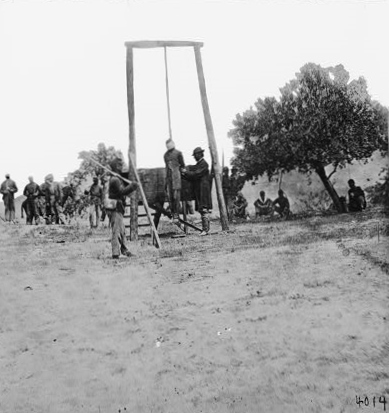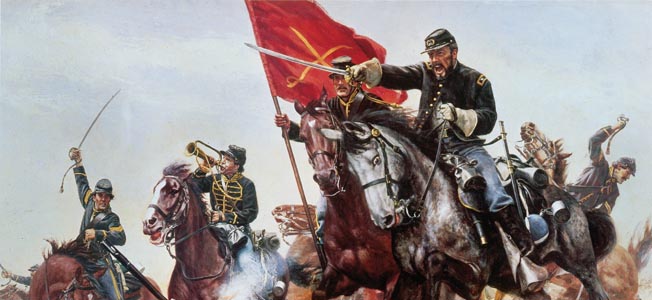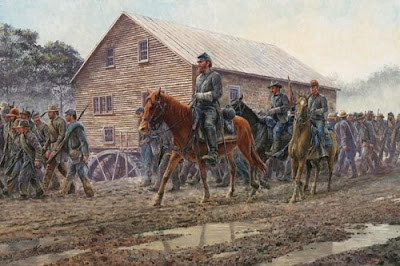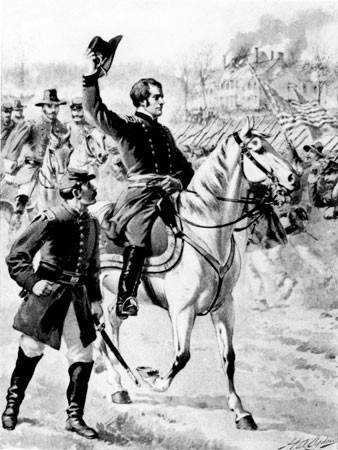Chapter One
How a Little Napoleon Was Drowned
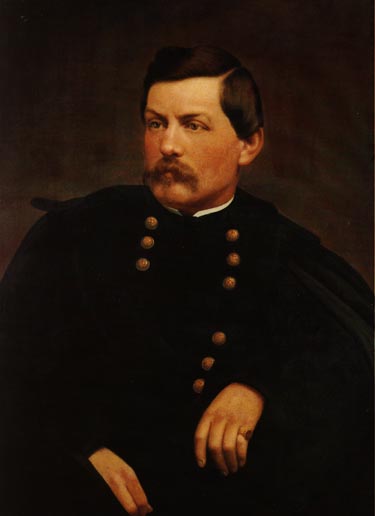
Taken from "A Revolution at Sea: How the Confederate States Navy changed the making of war at sea" by Admiral Sir James Sinclair-Davies RN KCMG
Portsmouth Press 1978
“The enmity between the Secretary of the Navy, Stephen Mallory and the Chief of Sea Coast, River and Harbour Defences, Matthew F. Maury had the potential to be extremely prejudicial to the effective operation of Maury’s branch of the Naval Service. Commander Maury had not forgiven Mallory for the latter’s work in instituting compulsory retirement for old and incompetent officers in the Naval Service when Mallory served on the Senate Committee on Naval Affairs. Though Commander Maury was certainly not incompetent, as his tenure in the Confederate service was to prove, he was considered too old for the United States Naval Service prior to the Civil War…
...It is unclear who persuaded Maury to seek a reconciliation with Secretary Mallory on his appointment. His own letters refer only to “a good friend and better subordinate than any man deserves”. Some suggest Lieutenant Hunter Davidson of Maury’s office, but there is no evidence to support this. The results however were immediate. Commander Maury sought a private meeting with Secretary Mallory on 10 October 1861 to effect a reconciliation. Secretary Mallory is reported to have graciously reciprocated and one of the most effective relationships in the Confederate Government was born. One of the first beneficiaries of this spirit of co-operation was Commander Maury’s plan for the deployment of “torpedoes” (modern day mines) in the rivers and inlets of the Confederate coastline in the event of a naval incursion by Union forces. To this end Commander Maury’s office began, with the full support of the Naval Department, stockpiling torpedoes at key points along the Atlantic Coasts from as early as January 1862. Furthermore Secretary Mallory channelled some of his Department’s limited resources into Commander Maury’s scheme for “electric torpedoes”. A new threat to Navy shipping was being birthed by the partnership of Mallory and Maury.”
The Last Photograph of the USS Galena
Taken from "The Sinking of an American Napoleon" by Professor Bartlett L. Keane
LSU 1957
“Why Major General George Brinton McClellan thought his place during the Battle of Malvern Hill was on board the USS Galena 12 miles away on the James River remains an open question. He was completely out of contact with his forces for most the day, leaving effective command of the battle in the hands of Brigadier General Fitzjohn Porter.
Nonetheless on 1 July 1862 General McClellan was to become the most significant Union casualty to date. At approximately 1.34pm the USS Galena struck a torpedo which tore out a huge section of her hull and in 8 minutes the ship had heeled over on its side and sank. It would be more than 24 hours before the fate of General McClellan was known to General Porter and it would be another 24 hours before the first news began to circulate in Washington. It is now well established Civil War legend that both Secretary Seward and Major General Joseph Hooker coined the same quip on the same day about the fate of General McClellan – “he died as he had fought – all at sea”…
Last edited:

